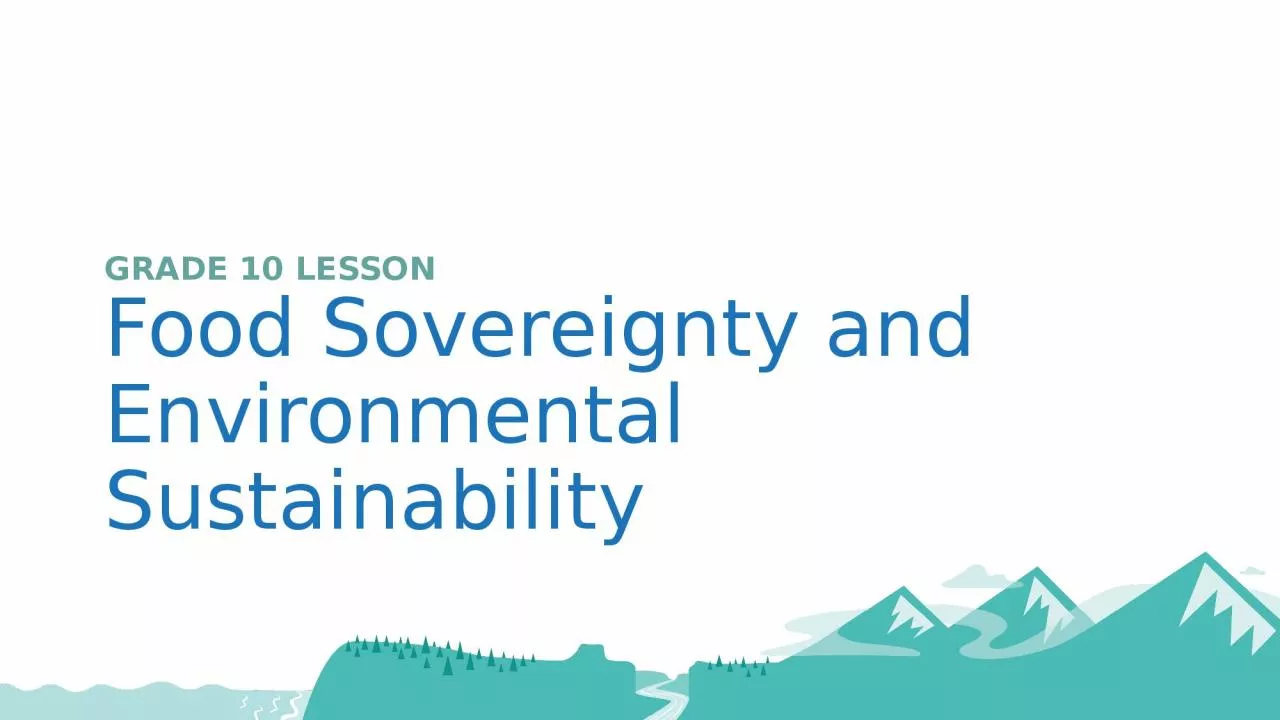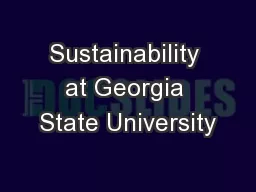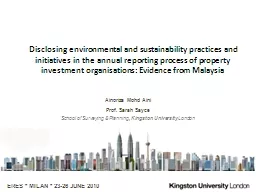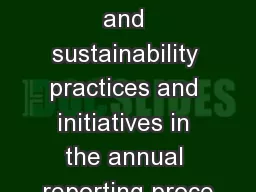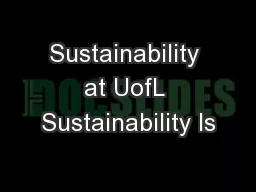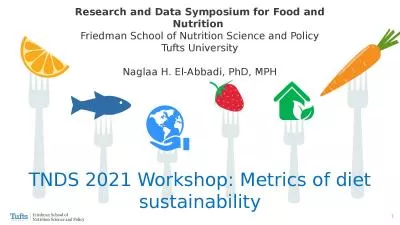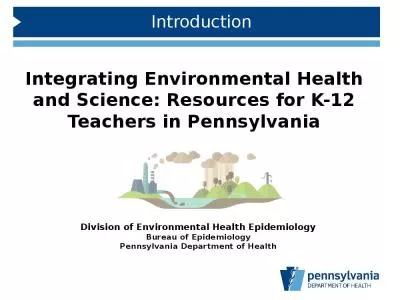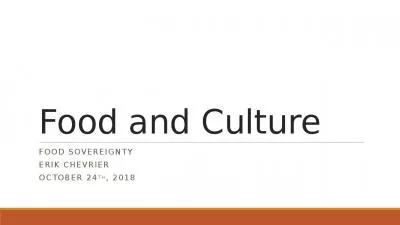PPT-GRADE 10 LESSON Food Sovereignty and Environmental Sustainability
Author : AngelFace | Published Date : 2022-08-03
How do humans get food Hunting and Gathering Agriculture Pros Diverse nutritious sources of food Less impact on the land More egalitarian everyone contributes Requires
Presentation Embed Code
Download Presentation
Download Presentation The PPT/PDF document "GRADE 10 LESSON Food Sovereignty and Env..." is the property of its rightful owner. Permission is granted to download and print the materials on this website for personal, non-commercial use only, and to display it on your personal computer provided you do not modify the materials and that you retain all copyright notices contained in the materials. By downloading content from our website, you accept the terms of this agreement.
GRADE 10 LESSON Food Sovereignty and Environmental Sustainability: Transcript
Download Rules Of Document
"GRADE 10 LESSON Food Sovereignty and Environmental Sustainability"The content belongs to its owner. You may download and print it for personal use, without modification, and keep all copyright notices. By downloading, you agree to these terms.
Related Documents

